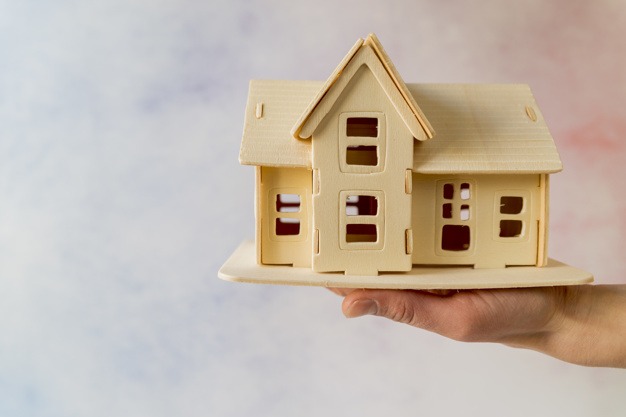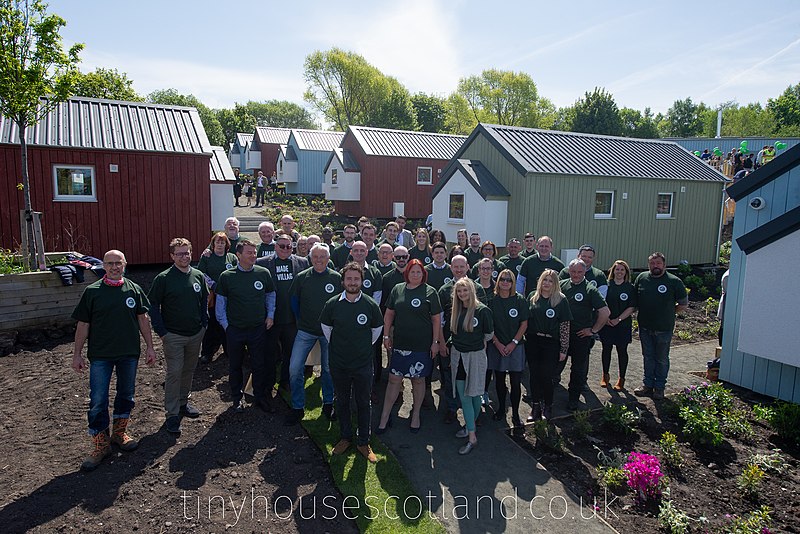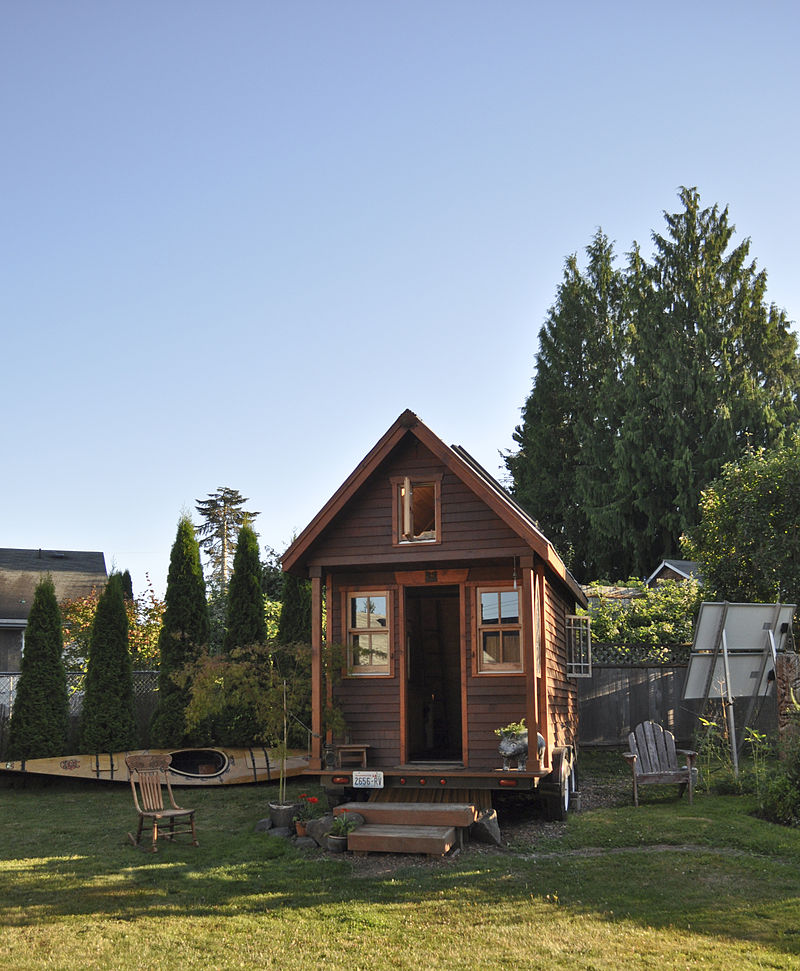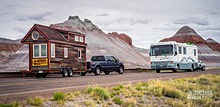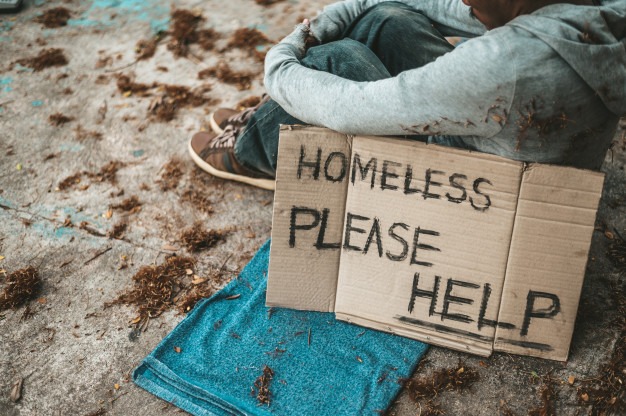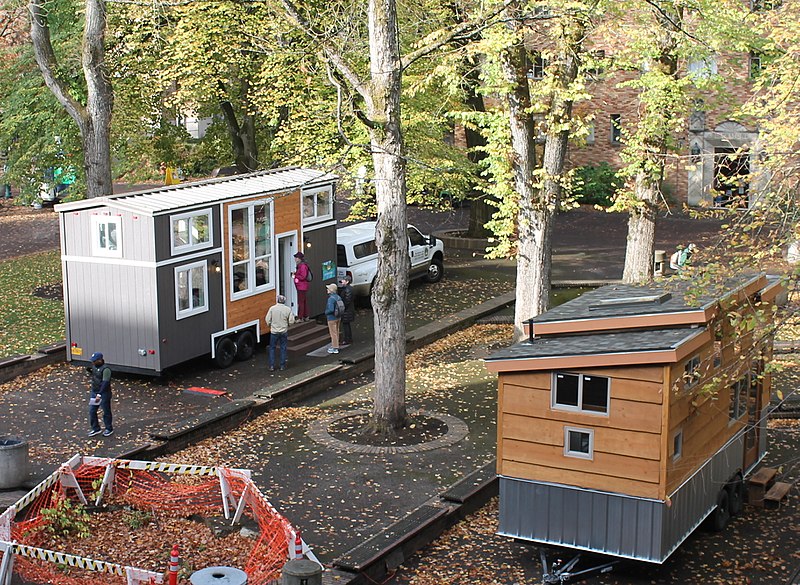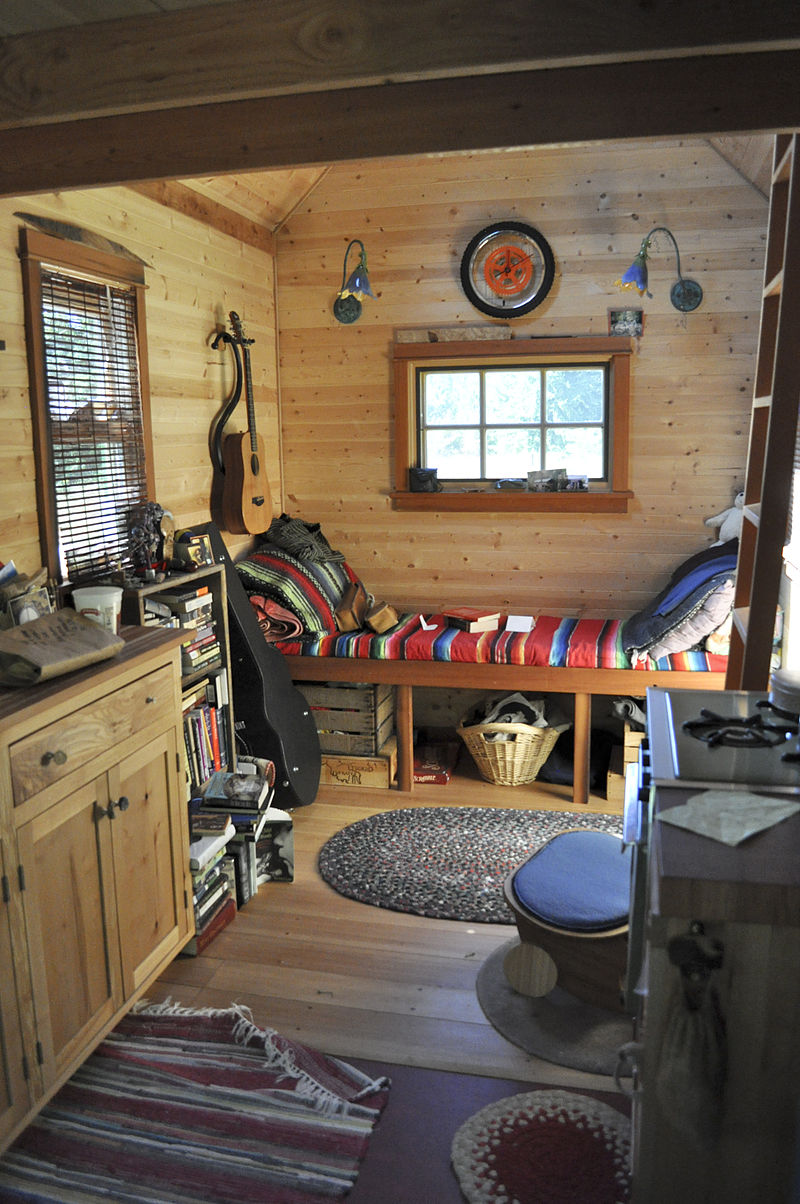We have all heard that the bigger is better: from homes to cars and bank balances. However, as we progress with our lives, many of us get tired of hoarding and collecting things at a certain point. Material stops providing emotional comfort that comes with experiences.
If you have started on the journey of minimalism and a simple lifestyle, the tiny house movement is sure to spark your interest. Here is a complete guide to it!
What is the Tiny House Movement?
The tiny house movement refers to an architectural movement that advocates for small residential spaces. It is a campaign inspired by a simple way of living with environment-friendly housing plans. Check tiny houses for sale in South Carolina to see some of the beautiful and tiny house models you can buy at a minimal cost.
While the movement started in the 1970s by Allan Wexler, many people believe that the first to hint towards tiny homes was Henry David Thoreau in 1854. Walden, authored by Henry David Thoreau, was a book written on simple living in natural surroundings. It hinted at minimalism with living in tiny homes.
Recently, it is gaining momentum as a social movement. Thanks to the extreme rise in residential property prices across the United States.
History of The Tiny House Movement
In the 1970s, Allan explored the concept of living in a small space. He put forth several home designs that designers later studied.
Ever since its advent, the movement has grown steadily. With time passing by, more and more people turned towards it. The incentive was living happily with less cost, and more freedom intrigued many. Hence the movement has gained support steadily.
As there were no laws to limit or specify areas for such houses back in the day, people set up tiny homes wherever they liked. Soon, the movement gained more popularity because of Lloyd Kahn and Lester Walker. Lloyd Kahn authored shelter in 1973, and Lester Walker wrote Tiny houses in 1987.
Soon, more influential supporters poured in: Sara Susanka, for instance. In her book titled The Not So Big Houses, she curated the not-so-big philosophy to downsize houses to build better, not bigger ones.
The first tiny house was built in Iowa in 1999 by Jay Shafer. It was a hundred and ten square feet with a small porch and steep roof, and he lived in it for around five years. He went on to design a tiny house on wheels of approximately 96 square feet. He founded his own company Tumbleweed Tiny House Company which built tiny houses on wheels. He also started another housing company called the Four Lights Tiny House Company on September 6th, 2012. Since then, several people have embraced the idea.
Why is The Movement Gaining Popularity?
It was no surprise when the movement picked up steady support since its inception in the 1970s. The following are some reasons for this:
Tiny Houses Cost Lesser
An average American can spend anywhere from a third to a half of their paychecks for their average house. Due to such high figures, an average American will have to live from paycheck to paycheck and always be in debt and pay off the mortgage for the rest of their lives. For an estimation, even if the initial cost is $383,900, the prices of maintenance, repair, decorations, and taxes will add up to over a million dollars.
On the other hand, a small dainty tiny house can cost you anywhere from 10,000 dollars to 40,000 dollars. It depends on the type of interior and exterior you prefer. It is boisterously low from an average American house. With the low prices, there is little to no need for a mortgage. Take a moment to consider the stats by The Tiny Life:
- In comparison to 29.3% of house owners in the U.S, 68% of tiny house owners have no mortgage.
- 55% of tiny house owners have more savings in the bank than your average American house owner.
You can also easily rent tiny homes or own them, depending on your preference.
There is Freedom of Movement
Many tiny homes are on trailers. Hence, they are portable, and you can take them to whatever places you visit. Most states will have places where you can park your tiny houses. For many people, this is a way to go on adventures and enjoy life on the road.
It Gives Mental Freedom and Comfort
The tiny home movement gave the people what they were looking for; freedom. The idea of living the way you like and spending money on other things than housing makes you self-sufficient. It helps you enjoy your life with adventures, bringing a sense of calmness. When you are not living paycheck to paycheck and start saving, everything seems to fall in place. It is a minimalistic approach that always results in a better place mentally.
This alternative method of simplifying your lives is a great way to declutter and go rogue on the capitalist ideas machine fed into your brain since childhood.
Micro Homes Protect The Nature
We look out so much for our convenience and dreams that we often forget nature. It protects nature:
- Reducing Pollution: Pollution has reached its maximum high, and the world may expire by 2050. This terrifying idea has led many people to start practicing environment-friendly methods of living. The tiny house movement allows you to make an impact here by reducing pollution. Smaller houses result in a smaller environmental footprint. They also mean fewer trees cut if your house is wooden or fewer industries powered if it is metal. The tiny home movement is a blockade in the face of pollution.
- Lowering Energy Use: The house uses less energy for electricity, fuel, water, and more. It lets you live off the grid to prevent energy wastage. With the small space, it’s easier to heat it with a stove or power it with a solar array. Some tiny homes also feature composting toilets.
May End Homelessness
Considering the low costs of building and maintaining the house, the next step in the tiny house movement may be providing small homes for homeless people. An average American house can cover 11.3 tiny homes. It can not only take people off of the streets but boost our country’s economy as well.
Tiny Homes are Easier to Maintain.
As the house is small in size, there are fewer areas and things that require maintenance. People in tiny homes can spend quality time with their people instead.
Lets You Lead A Simpler Life.
As there is no room for excess things like high-tech gadgets, bulging wardrobes, and more, tiny homes automatically mean a simpler life. With this, one learns how to live with minimalism. Furthermore, you connect with nature and explore your true self instead of depending on luxurious things around you.
What Would You Classify as a Tiny House?
A typical American house would roughly estimate 2400 square feet in measurement. A tiny one, on the other hand, has a drastically less size in comparison. According to the 2018 International Residential Code, it may range anywhere from 100 to 400 square feet. It is a significant down-gradation (or up-gradation for many people) if you come from a family holding special meaning in owning and having stuff. American families, in general, tend to gravitate towards having larger houses, which end up with having higher mortgages. But tiny ones under 400 square feet are affordable without a mortgage.
The Bottomline
The idea of a tiny house is great in theory. However, adjusting may be difficult in practice, considering how huge the change is. Hence, the change should start with your mind first and then influence your real-life decisions. It will eventually lead to significant lifestyle and behavioral changes. Know that self peace should be the utmost priority: living in a tiny house has its benefits. We also call it the micro-house movement.
If you would like another interesting read, make sure to check Famous Paintings with The Stories Behind Them or The History of Running Shoes.

